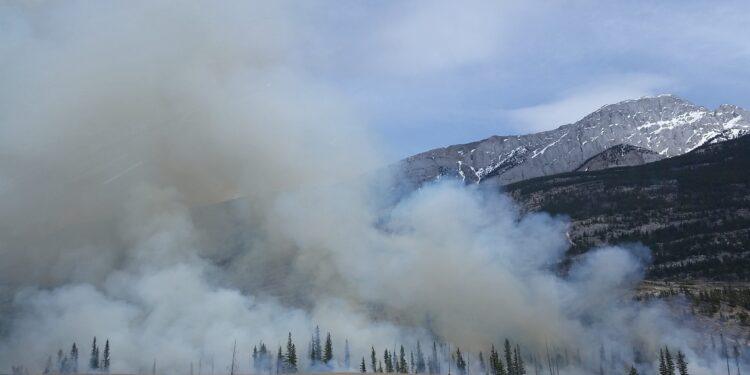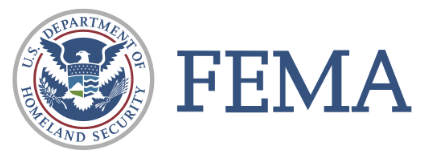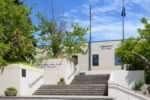Oregon Wildfires: Federal Dollars, State Collaboration Help Affected Communities on the Road to Recovery

Salem, Ore. – The Oregon Office of Emergency Management and FEMA continue their commitment to help Oregon disaster survivors, businesses and communities rebuild and recover from last year’s devastating wildfires. To date nearly $262 million in federal assistance has flowed into households and communities.
Federal Dollars Help Communities Recover
As of March 2, FEMA has approved more than $34.8 million in individual assistance for homeowners and renters affected by Oregon wildfires. These federal dollars provide support to survivors in eight counties approved for FEMA Individual Assistance: Clackamas, Douglas, Jackson, Klamath, Lane, Lincoln, Linn, and Marion.
The U.S. Small Business Administration has provided more than $59 million in low-interest disaster loans to 542 businesses, homeowners and renters.
3,091 Oregon residents have been approved for housing assistance grants totaling nearly $27.9 million. Of those, 538 homeowners received the maximum grant for housing assistance ($35,500).
In addition, more than $6.9 million in other needs assistance has been approved to help homeowners with personal property and transportation losses, funeral expenses and other serious disaster-related expenses not covered by insurance or other sources.
Additionally, FEMA’s Direct Temporary Housing Mission is providing temporary housing solutions for qualified survivors in the communities of Jackson, Lane, Lincoln, Linn and Marion Counties,
Currently, these temporary housing units, either RVs or Manufacturing Housing Units (MHUs) are being placed on pads leased in several Jackson County commercial sites. The U.S. Army Corps of Engineers is also constructing sites for FEMA in Jackson, Lincoln, Marion and Linn Counties.
To date, 265 survivor families are approved to receive FEMA Direct Temporary Housing in the five eligible counties and more than 100 survivors and their families are currently licensed into FEMA-provided temporary housing.
FEMA’s Public Assistance Program, which helps state, local, tribal, territorial governments and certain types of private nonprofit organizations respond to and recover from major disasters or emergencies has obligated more than $159 million for repairs under the PA program. This funding helps cover costs for debris removal, life-saving emergency protective measures and restoring public infrastructure.
Interagency Recovery Coordination
The State of Oregon’s Disaster Recovery Plan establishes seven Recovery Support Functions (RSF) to coordinate areas of assistance, each led by a designated state agency and supported by multiple state and federal partners. Oregon Emergency Management is leading this Integrated Strategic Recovery Team of state and federal agencies supporting local wildfire recovery.
More than 24 state and 10 federal partners are unifying efforts to aid local jurisdictions in recovery capacity and planning to leverage state, federal and donor resources to fund community rebuild planning and disaster recovery projects. Community Planning and Capacity Building staff are integrating with counties and communities to provide targeted assistance.
In addition, the philanthropic and nonprofit community is an integral part of the community rebuild process, with resources and technical assistance available to support local recovery projects and help build capacity. Connections have been made with more than 10 foundations, identifying critical recovery priorities and funding opportunities, and linking the funders to those in need of resources.
Oregon Recovery Highlights
- FEMA completed damage inspections of 6,993 homes.
- The Disaster Legal Services Program was made available to answer legal questions from wildfire survivors. Survivors can still take advantage of this service online oregondisasterlegalservices.org, or call 800-452-7636 or 503-684-3763, Monday through Friday, 8 a.m. – 5 p.m.
- The Oregon Debris Management Task Force has continued to provide no-cost wildfire ash and debris cleanup for all homes and businesses in the eight counties affected by the disastrous September wildfires, including mobile home parks, second homes, businesses, and other structures.
- The State of Oregon has received a federal grant for more than $6.3 million to provide Disaster Case Management services to Oregon citizens affected by the wildfires. This grant empowers the state to launch a Disaster Case Management Program, supplying funding and technical assistance to ensure a whole community approach to providing or connecting disaster survivors to local services.
- In close coordination with the Substance Abuse and Mental Health Administration, FEMA has provided more than $3.8 million through the Crisis Counselling Immediate Services and Regular Services Programs to assist individuals and communities in recovering from the psychological effects of disasters through community-based outreach and educational services. The Safe+Strong Helpline is available for children and adults who are struggling with stress, anxiety or other disaster-related depression-like symptoms. The website offers free and confidential resources to help wildfire survivors on the journey to recovery. For help, call 800-923-4357 or visit https://www.safestrongoregon.org/wildfire.
- All FEMA disaster messaging has been provided in seven languages identified as prevalent in Oregon: Spanish, Chinese, Japanese, Korean, Vietnamese, Somali, and Russian, in addition to English and American Sign Language. Bilingual speakers have been available for public meetings.
- The toll-free disaster assistance helpline, 800-621-3362 is also supported by specialists in those seven languages and additional languages, and live translation services are available to all applicants who call FEMA.

Disaster recovery assistance is available without regard to race, color, religion, nationality, sex, age, disability, English proficiency or economic status. If you or someone you know has been discriminated against, call FEMA toll-free at 800-621-3362 (TTY 800-462-7585). Those who use a Relay service such as a videophone, InnoCaption or CapTel should update FEMA with their assigned number for that service. They should be aware phone calls from FEMA may come from an unidentified number. Multilingual operators are available. (Press 2 for Spanish)
Disaster survivors affected by the Oregon wildfires and straight-line winds can also get personalized mitigation advice to repair and rebuild safer and stronger from a FEMA Mitigation Specialist. For information on how to rebuild safer and stronger or to inquire as to your new flood risk following a fire near you, email FEMA-R10-MIT@fema.dhs.gov, a FEMA Hazard Mitigation specialist will respond survivor inquiries. When rebuilding check with your local building official and floodplain administrator for guidance.
Follow FEMA Region 10 on Twitter and LinkedIn for the latest updates and visit fema.gov for more information.
FEMA’s mission is helping people before, during, and after disasters.
Discover more from Springfield Bottom Line
Subscribe to get the latest posts sent to your email.



